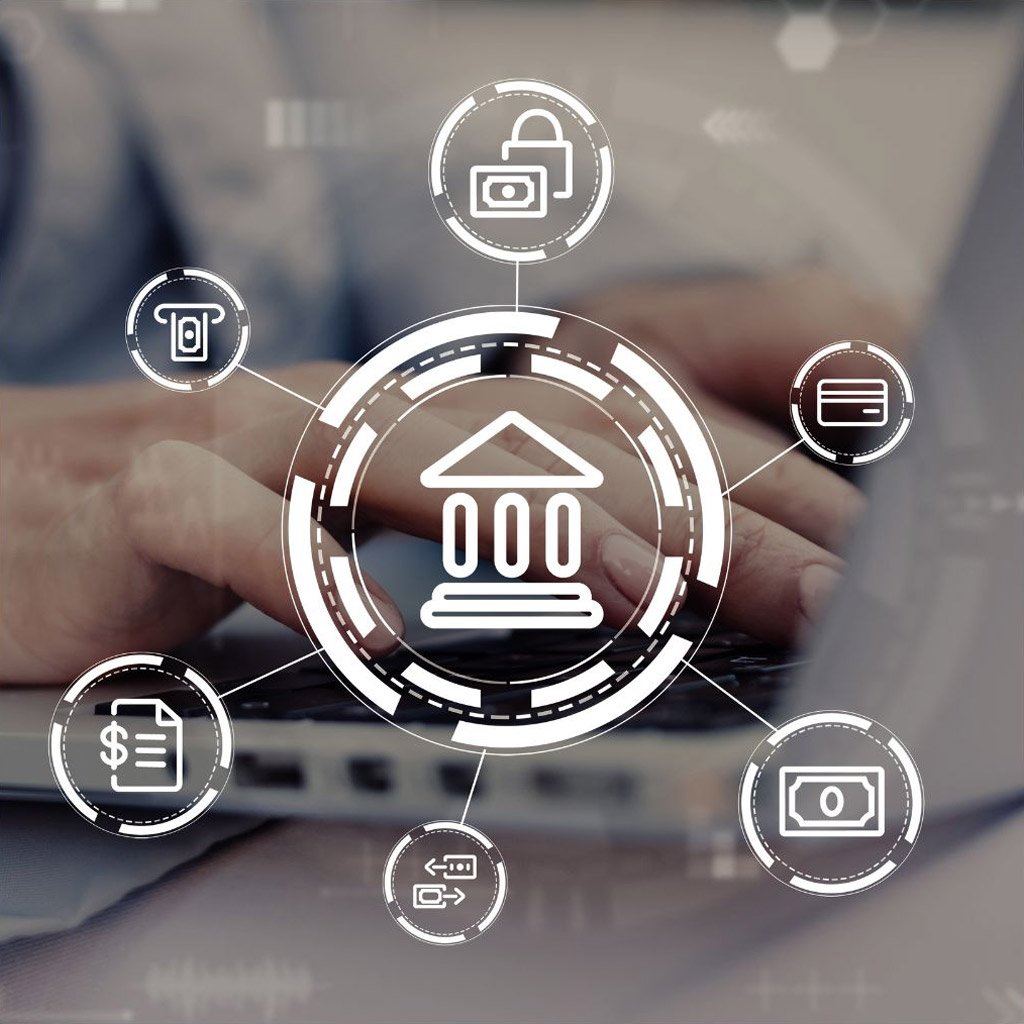Learn how resilience planning evolves from disaster recovery to a true driver of competitiveness.
Resilience has long been associated with plans in binders—backup sites, call trees, and step-by-step procedures for crisis response. While essential, traditional business continuity planning can feel like an insurance policy you hope never to use.
Forward-thinking organizations are reframing resilience as a source of strategic advantage. Instead of focusing narrowly on recovering from disruptions, they build the capacity to anticipate, absorb, adapt, and even thrive in a changing risk environment.
Why does this shift matter?
Because the landscape of risk is evolving. From cyberattacks and supply chain shocks to pandemics and geopolitical tensions, the pace and interconnectedness of threats make purely reactive approaches inadequate. Regulators, investors, and customers are increasingly demanding evidence of organizational resilience.
- Integrate Resilience into Strategy
Resilience planning shouldn’t live in a silo. It needs to be connected to core business strategy.
Ask: What critical products, services, or processes must we protect? How would disruptions affect our customers, reputation, and revenue? Where do we see future vulnerabilities?
Strategic planning cycles should explicitly address resilience priorities and funding decisions.
- Move Beyond Single-Point Recovery
Traditional continuity plans often focus on restoring a specific system or site. Modern resilience thinking emphasizes adaptability—having multiple ways to deliver critical services under stress.
This might involve multi-region cloud deployments, cross-training staff, or diversifying suppliers. It’s about building flexibility, not just redundancy.
- Embrace Scenario-Based Planning
Resilience is not about predicting a single future—it’s about preparing for uncertainty. Scenario planning helps organizations explore a range of plausible disruptions and test their responses.
Running tabletop exercises or simulations with cross-functional teams surfaces gaps and builds confidence. It also fosters collaboration across silos, ensuring everyone understands their role in a crisis.
- Embed Cyber Resilience
In today’s world, business resilience and cyber resilience are inseparable. A ransomware attack can be just as disruptive as a natural disaster.
Effective resilience planning includes robust cybersecurity measures, incident response plans, data recovery strategies, and ongoing employee awareness training.
An integrated approach avoids blind spots where digital and physical risks intersect.
- Cultivate a Resilient Culture
Resilience is not just about technology and procedures—it’s about people. Employees must understand the organization’s priorities in a crisis, know where to access plans, and feel empowered to act.
Building a resilient culture means encouraging continuous learning, rewarding adaptability, and fostering psychological safety so staff can raise concerns early.
- Leverage Technology for Visibility and Coordination
Modern resilience planning benefits from technology platforms that centralize plans, track exercises, monitor risks, and manage incidents.
An integrated approach provides leaders with real-time insights and improves coordination across business units, vendors, and partners.
Resilience is no longer optional. Organizations that treat it as a strategic capability—rather than a compliance checkbox—can recover faster, serve customers better, and gain competitive edge. By evolving from business continuity to enterprise-wide resilience, they future-proof their operations in an increasingly unpredictable world.
How Falconry360 Helps
Falconry360 enables organizations to move from static plans to operational resilience with dynamic BIA, BCP, and crisis management modules. By integrating resilience planning with enterprise risk management and real-time dashboards, companies can anticipate, respond, and adapt to disruptions with confidence.

